The retreaded tyre
Tyre retreading involves removing the tread from a used tyre while preserving its structurally sound carcass and applying a new tread, with characteristics similar to the original. Retreading a tyre means preserving its significant technological value starting with the carcass, a fundamental element for retread ability: a value that is destined to increase with the continuous innovations that are sweeping the sector.
The retreading process
The retreading process is regulated by specific technical standards: Regulation UNECE 108 (cars) and Regulation UNECE 109 (commercial vehicles).
Tyre retreading is carried out through the following steps:
1- Pre-selection of tyres
Each tyre intended for retreading undergoes several inspections to ensure its suitability for another life.
The first check is tactile/visual, performed by an expert operator who carefully inspects the tyre both externally and internally using specific tools. This inspection is complemented by automated checks using a variety of technologies, such as shearography.
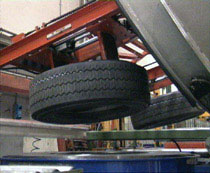
2- Rasping
Having passed the first examination, the tyre is rasped. This process consists of removing the remaining tread and preparing the surface that will accommodate the new tread. The operation is performed by specific machinery.
3- Carcass inspection and repair
Once the rasping is complete, the carcass is further inspected. Any repairs are carried out at this stage.
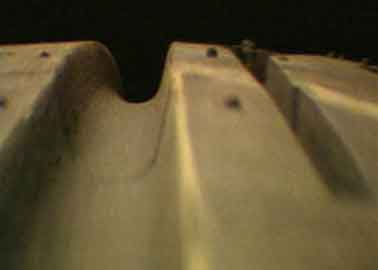
4- Cementing
A layer of liquid rubber is applied to prepare the surface for the application of the new material.
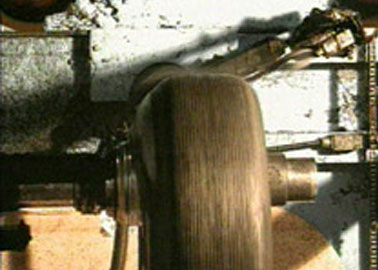
5- Application of the new tread
Up to this point the procedures for “hot” and “cold” retreading are the same, but from this stage the operations differ as follows.
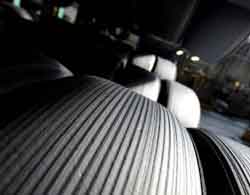
The carcass is mounted on a rotating machine that applies a new raw rubber tread without pattern.
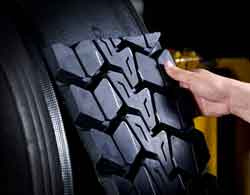
A pre-moulded and already vulcanised tread is applied to the tyre. The tread is available as a strip or in the form of a closed ring. In addition to flat strips, there are varieties with side “flaps” to connect the profile to the sidewall.
6- Vulcanization
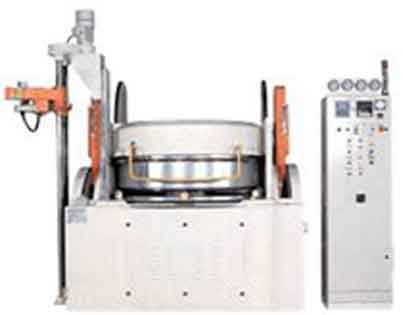
The tyre prepared with a smooth tread enters a vulcanising press equipped with a mould with the pattern that will be imprinted on the tyre. The press is equipped with devices to regulate the time, temperature and internal pressure.
The processing temperature for hot truck retreading is between 150 and 160°C. The pressure is around 14-16 atmospheres. At the end of the required time - which also varies according to tyre size and tread thickness - the air is discharged and the tyre can be removed from the mould.
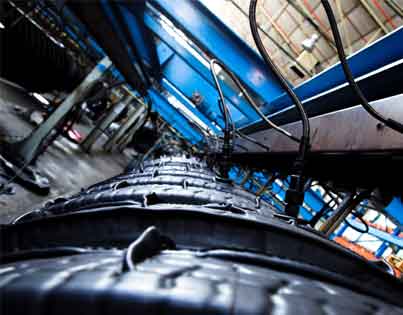
The tyre is mounted on a special machine for the application of the envelopes.
It's placed in a vacuum in order to extract the residual air between the envelopes and the tyre prepared with the pre-moulded tread.
The tyre then enters an autoclave to be vulcanised. This process takes around 2.5 - 3.0 hours on average. The temperature is about 110°.
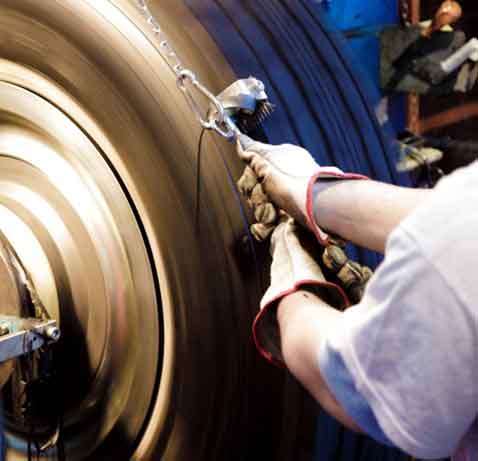
7- Inspection and finish
Once extracted from the vulcanising press or autoclave, the retreaded tyre is subjected to a final internal and external inspection and pressure-tested in special machines.
Lastly, a finish is added.
The tyre is now ready for a second life.